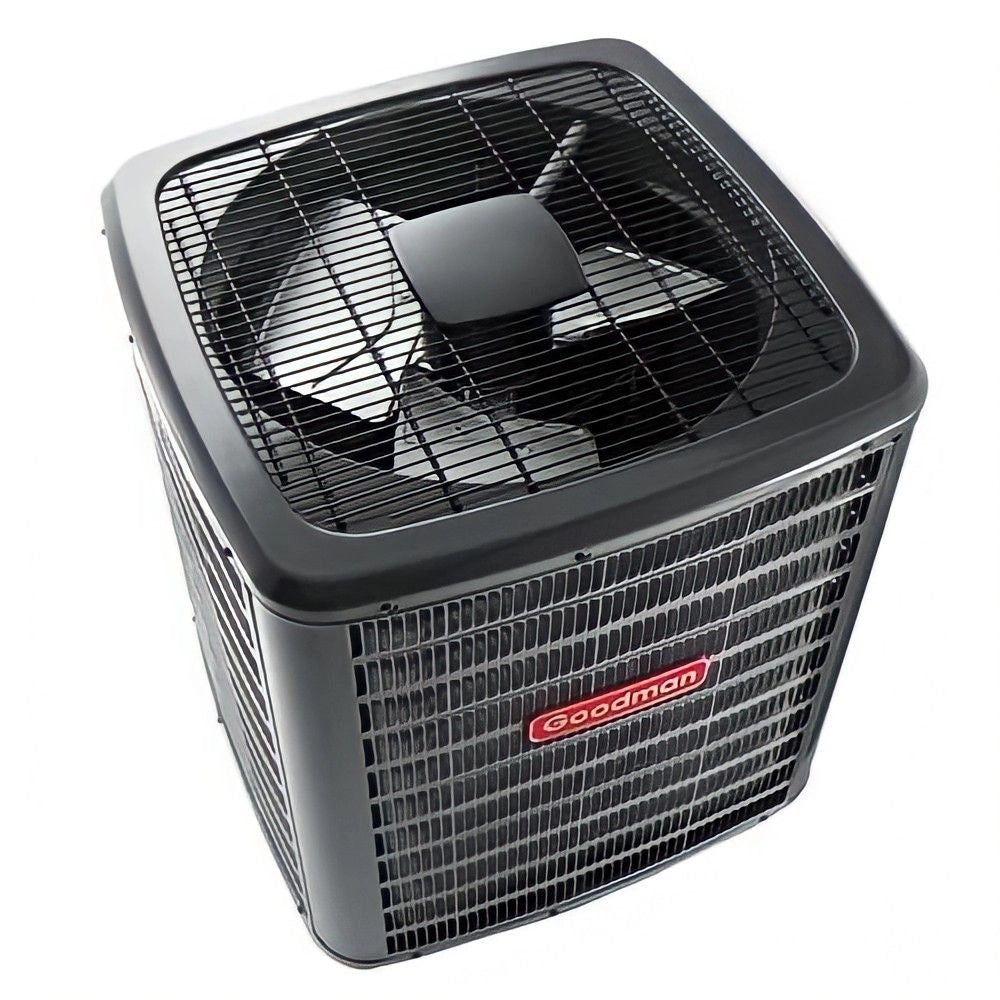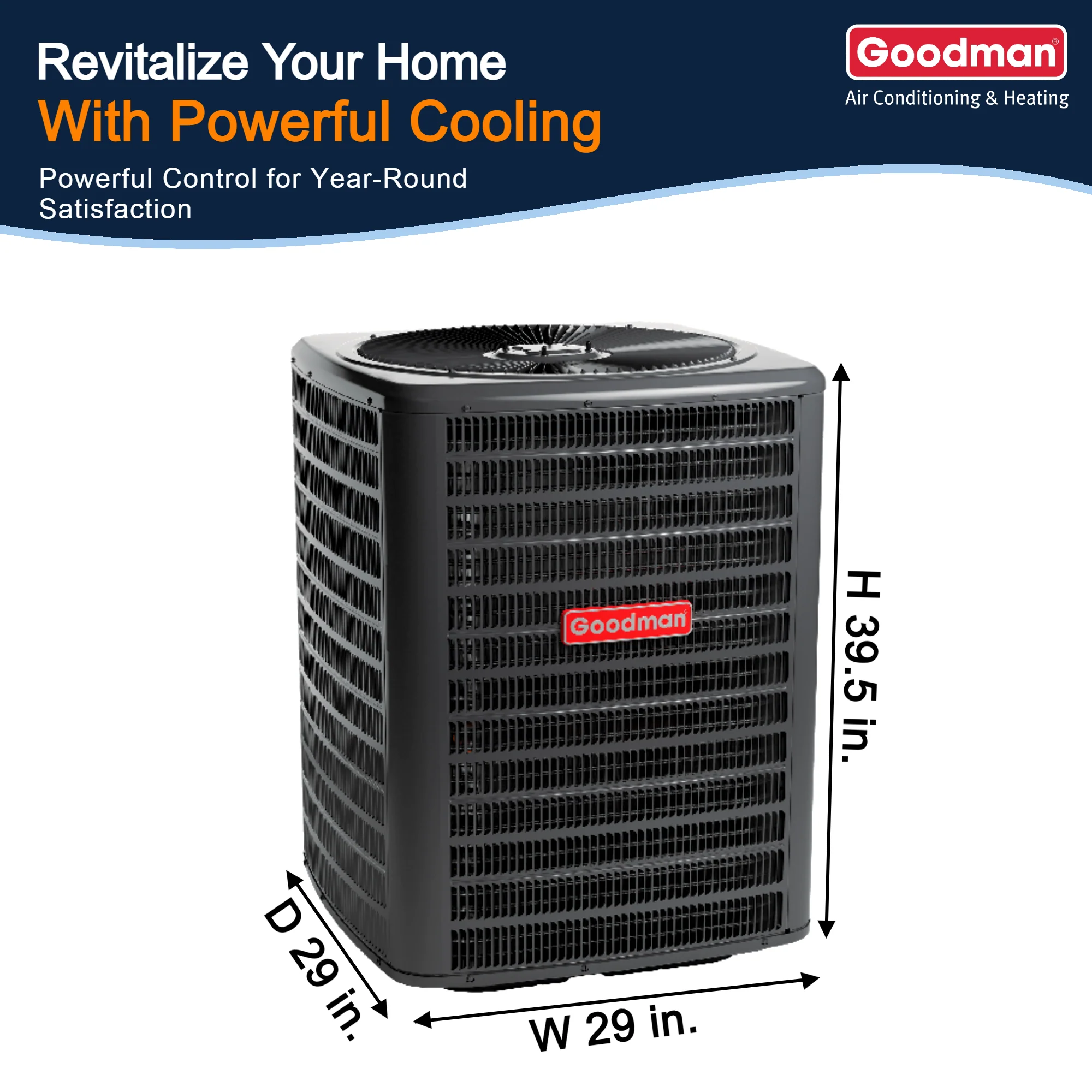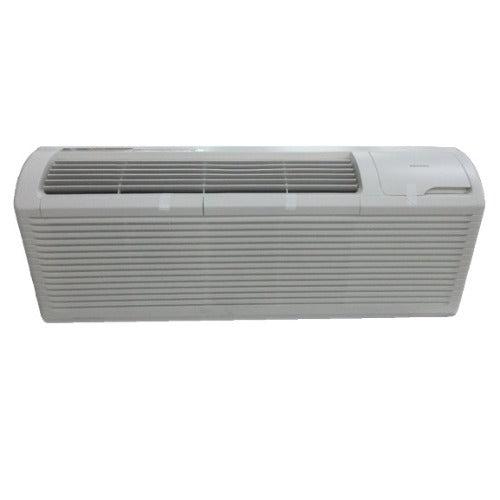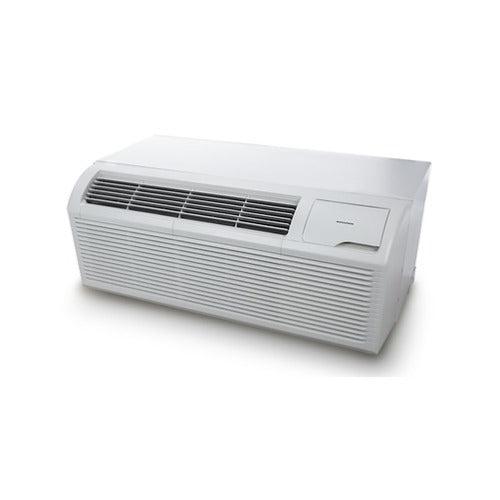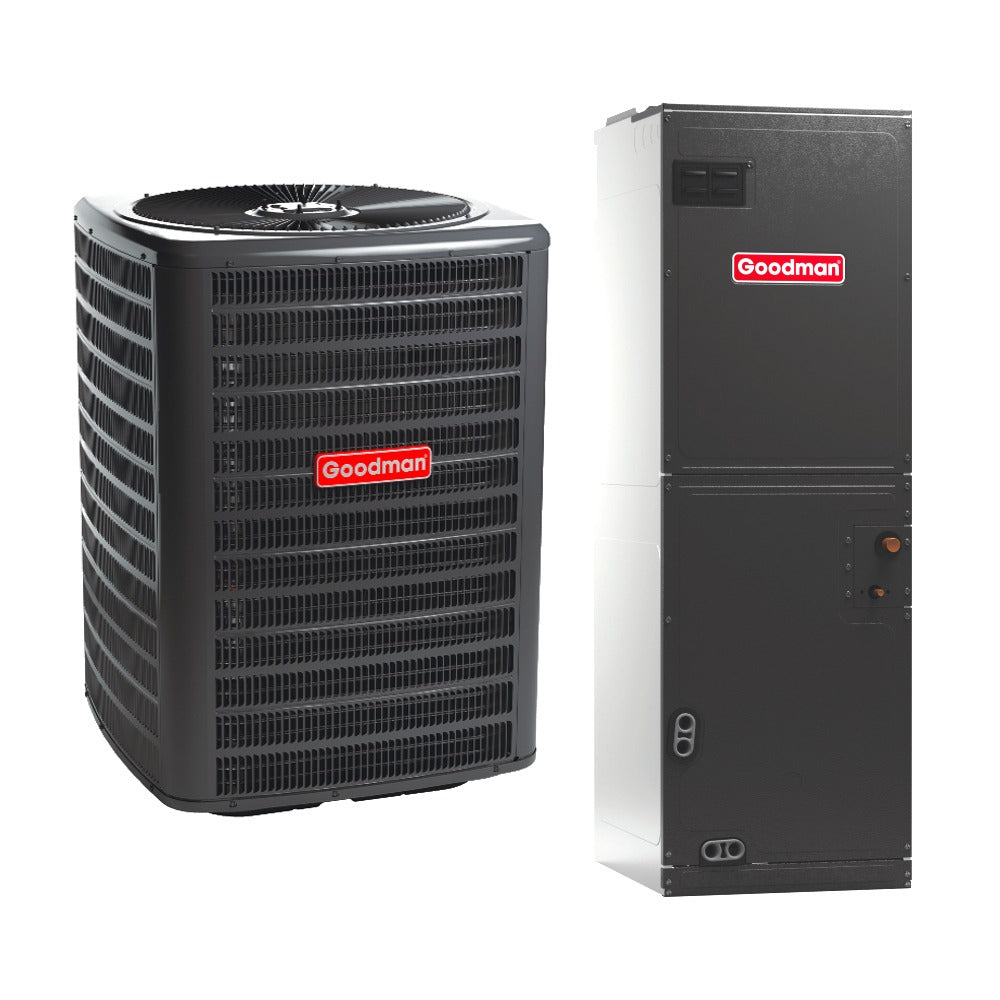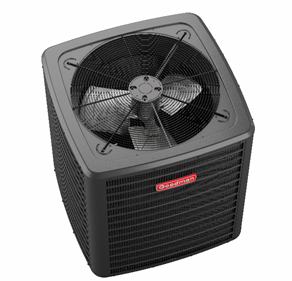Technician’s Guide to Climate Compatibility | Match System Specs with Your Region
Introduction
Choosing the right HVAC system isn’t just about tonnage and SEER2—it’s about regional climate performance. The Goodman GLXS4BA3610 3 Ton R-32 AC System is built for energy efficiency and reliability, but its performance shines brightest when matched to the right conditions. Based on my experience installing these across the U.S., this article breaks down where this system works best—and where it might not be ideal.
GLXS4BA3610 Overview
-
Capacity: 3 Ton
-
SEER2 Rating: 14.5
-
Refrigerant: R-32 (A2L, lower GWP)
-
Air Handler: AMST36CU1300 (multi-speed)
-
Compressor Type: Scroll
This system is designed for moderate to warm climates with a focus on energy savings and serviceability.
Best Climates for the GLXS4BA3610
1. Southeastern U.S. (Hot & Humid)
-
States: FL, GA, AL, SC, LA
-
Why It Works: The scroll compressor and optimized coil surface make this unit handle high humidity without sacrificing efficiency.
-
Pro Tip: Use a programmable thermostat to mitigate humidity spikes.
2. Southwestern U.S. (Hot & Dry)
-
States: AZ, NM, Southern CA, West TX
-
Why It Works: The high EER2 rating and R-32 charge help reduce peak electricity demand in scorching summer heat.
-
Install Tip: Pair with low-static, high-efficiency filters to reduce airflow restriction.
3. Mid-Atlantic (Seasonal Variability)
-
States: NC, VA, MD, TN
-
Why It Works: This system handles warm summers and mild winters efficiently, and the air handler’s flexibility supports dual-fuel configurations if needed.
Curious about dual-fuel options with Goodman systems? See Goodman’s Hybrid Heat Overview.
Where It’s Less Ideal
1. Northern U.S. (Cold Climates)
-
States: MN, WI, ME, MT
-
Why It’s Not Ideal: Cooling efficiency is strong, but if paired with an electric furnace or heat pump, winter performance may struggle unless upsized.
-
Better Option: Consider Goodman heat pump models with higher HSPF ratings for those regions.
2. Coastal Regions (Salt Exposure)
-
Concern: Corrosion risk from salt air, especially around the condenser coil.
-
Recommendation: Apply coil coating and consider marine-rated models if within 5 miles of coast.
Goodman’s coil protection recommendations can be found in their technical maintenance guide.
Energy Rebates and Climate Compatibility
Many utility companies in warmer regions offer rebates for 14.5 SEER2 systems.
-
Example: Florida Power & Light (FPL) offers incentives for high-efficiency units over 14 SEER2
-
Tip: Check DSIREUSA.org for local rebate programs by ZIP code
Installation Tips Based on Region
| Climate Type | Recommended Setup Notes |
|---|---|
| Hot & Humid | Ensure proper TXV superheat settings, drain slope |
| Hot & Dry | Check condenser clearances, use high-efficiency filters |
| Mixed Climates | Enable dehumidification mode on compatible thermostats |
| Cold Climates | Insulate line sets, consider backup heat sources |
Final Thoughts: Know Your Zone Before You Install
The GLXS4BA3610 is a workhorse in the right environment. From the Florida coast to the Arizona desert, this unit performs best in warm, cooling-dominated regions where efficiency and cost-effectiveness matter most.
As a technician, I always advise customers to think about more than just square footage. Climate is king—so choose your system with geography in mind.

